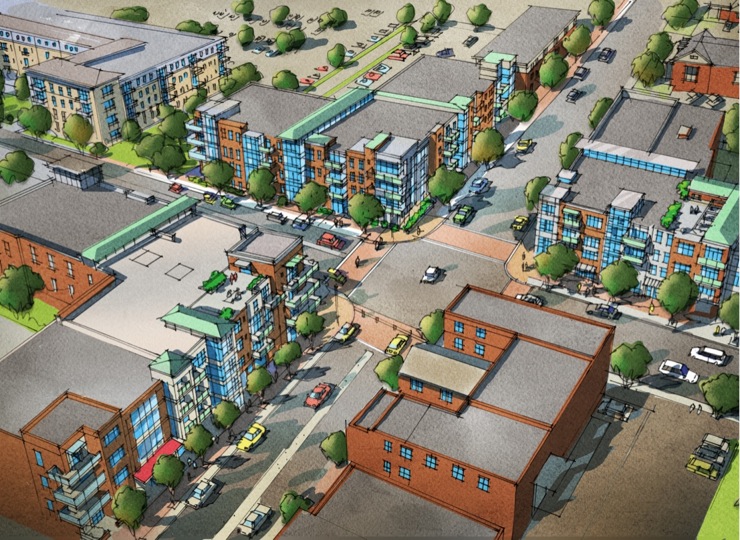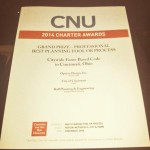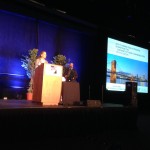The City of Cincinnati’s Department of Planning & Buildings has been on a roll lately. This past weekend in Buffalo, at the Congress for the New Urbanism (CNU) national conference, the city won its third national award of the year for its new form-based code.
CNU’s grand prize for the Best Planning Tool or Process was actually a tie and thus jointly awarded to Cincinnati for its form-based code (FBC) and Station Center, a transit-oriented development in Union City, California.
As first reported by UrbanCincy, the Department of Planning & Buildings was honored with the Daniel Burnham Award for a Comprehensive Plan at the American Planning Association’s (APA) national conference in Atlanta. Additionally, in late 2013, the Department won the Ohio APA’s award for Comprehensive Planning for a Large Jurisdiction.
In 2012, city leaders were also awarded with the Frank F. Ferris II Community Planning Award from the Hamilton County Regional Planning Commission.
In addition to city staff and thousands of Cincinnatians, those involved in developing Cincinnati’s award-winning FBC included Opticos Design, Hall Planning & Engineering, Urban Design Associates, glaserworks, Wise Economy Workshop, and Urban Fast Forward.
“It is an honor for us to have our code recognized by an organization that is on the cutting edge of best practices with regard to planning tools and good urbanism,” said Alex Peppers, senior city planner for Cincinnati. “We put a lot of work into developing a code that would fit our context and assets.”
What makes Cincinnati’s FBC unique is that it is a voluntary tool for neighborhoods who seek to preserve the character of their centers of activity and historic business districts. Thus far, it has been adopted in College Hill, Madisonville, Walnut Hills and Westwood.
Jurors noted that they were particularly impressed by the code’s extensive photo documentation and mapping analysis that calibrated the code’s application, and reinforced the unique characteristics of Cincinnati’s urban neighborhoods.
“The Cincinnati code is an excellent example of that advancement in the deployment of SmartCode, with particular attention paid to public process, neighborhood structure and graphic presentation,” explained Elizabeth Plater-Zyberk, one of CNU’s award jurors. “It reinforces Cincinnati’s historic urban patterns with guidance for appropriate infill and predictable redevelopment building.”
The final draft of Cincinnati’s form-based code is available online and can be accessed here.
On the twelfth official episode of The UrbanCincy Podcast, we were joined by Roxanne Qualls to discuss Cincinnati’s development and implementation of form-based codes. You can subscribe to The UrbanCincy Podcast on iTunes for free.


